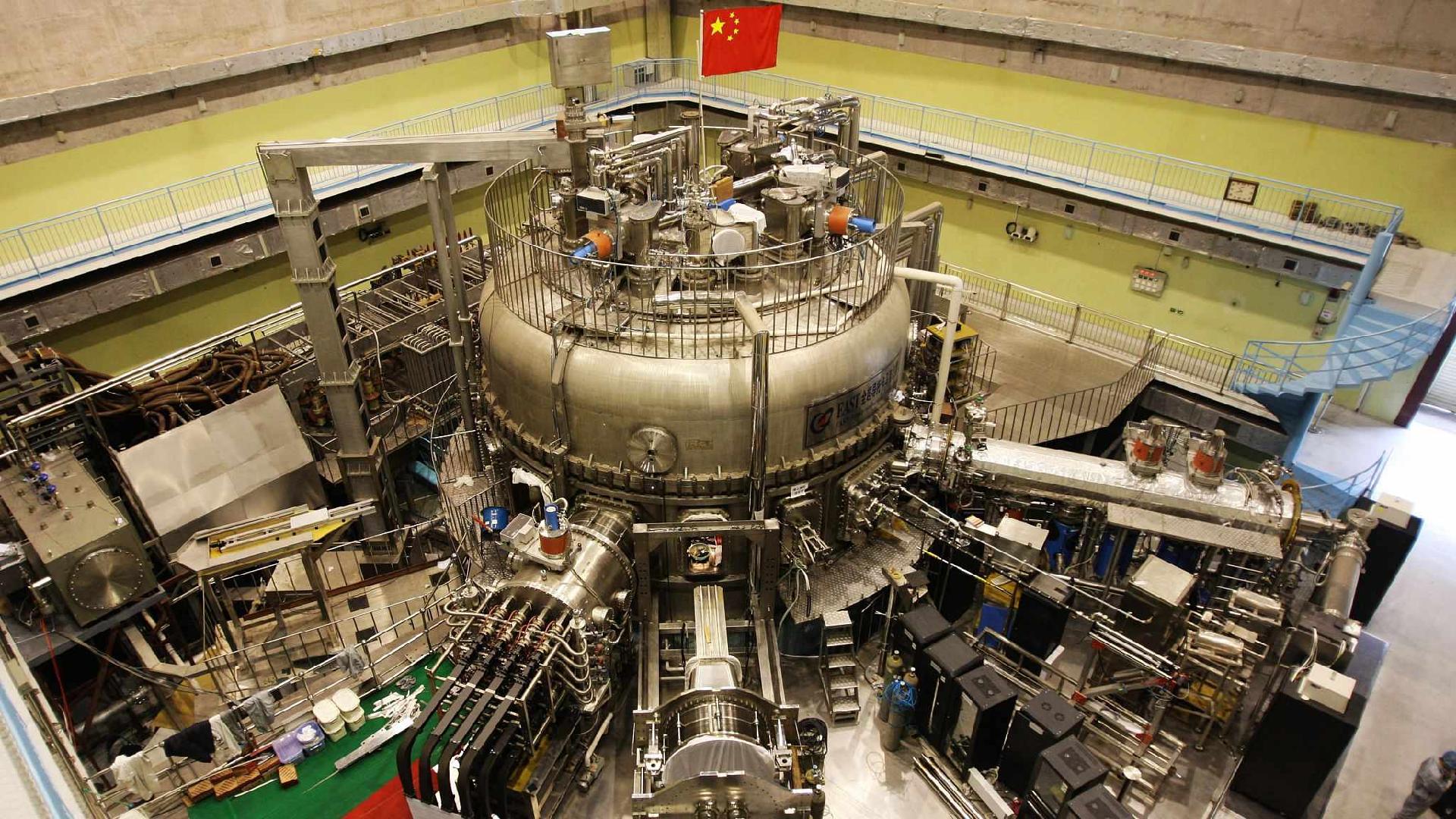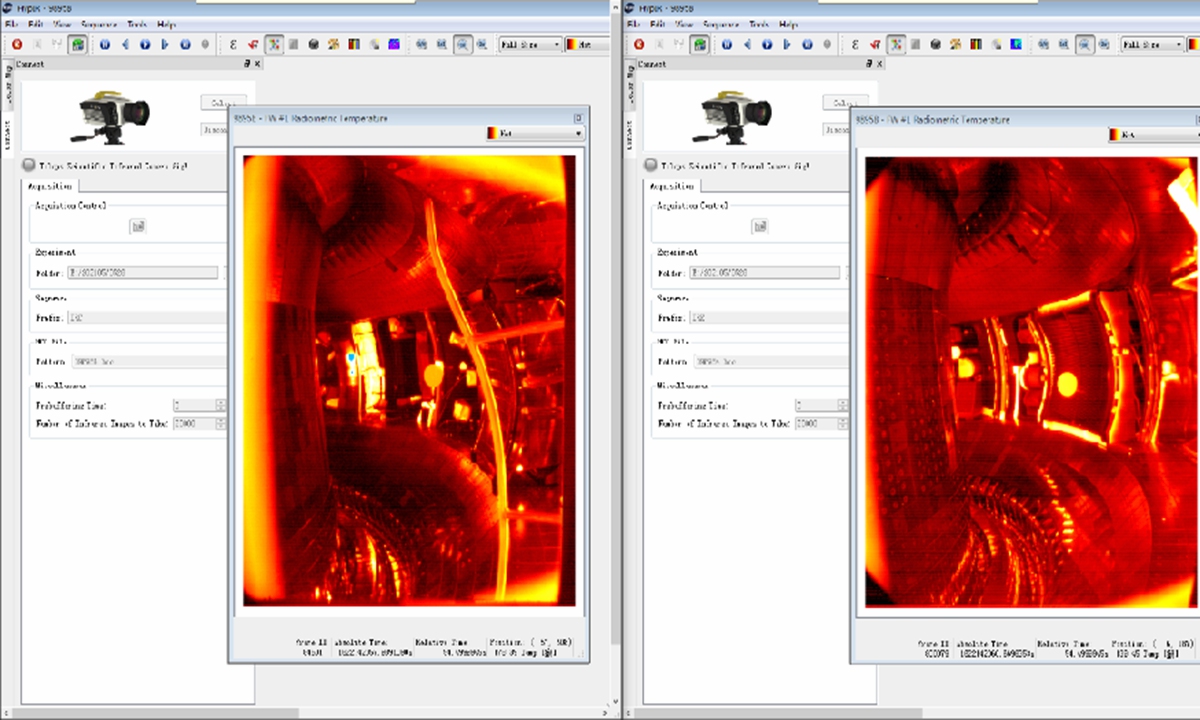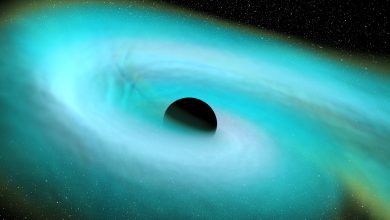
China has reached another milestone in its quest for a fusion reactor, with one of its “artificial suns” sustaining extreme temperatures for several times longer that its previous benchmark, according to state media.
State news agency Xinhua reported that the Experimental Advanced Superconducting Tokamak (EAST) in a facility in the eastern city of Hefei registered a plasma temperature of 120 million degrees Celsius for 101 seconds on Friday. It also maintained a temperature of 160 million degrees Celsius for 20 seconds, the report said.
Last year, EAST achieved a plasma temperature of 100 million degrees Celsius for 20 seconds. Friday’s experiment means Chinese scientists have sustained the extreme high temperature for five times longer.
Back in December of 2019, China announced it would soon begin operating its “artificial sun” — a device that is meant to replicate nuclear fusion, the same kind of reaction that powers the Sun. The device was due to be built by the end of 2019 and be operational in 2020.
Then, in December of 2020, the nuclear fusion reactor, called the HL-2M Tokamak, was powered up for the first time. It was an exciting time for all as it seemed that nuclear fusion, which is cleaner and a lot more abundant than nuclear fission, was on the horizon.

China’s another “artificial sun” project in Chengdu, the HL-2M Tokamak apparatus, operated at 150 million degrees Celsius for up to 10 seconds in an experiment late last year.
The facilities are part of China’s quest for fusion reactors, which hold out hope of unlimited clean energy. But there are many challenges to overcome in what has already been a decades-long quest for the world’s scientists.
Similar endeavours are under way in the United States, Europe, Russia, South Korea. China is also among 35 countries involved in the International Thermonuclear Experimental Reactor (ITER) megaproject in France. Direct comparison of the experiments in different countries is difficult as the devices are designed differently.
A previous record of maintaining the plasma temperature at 180 million deg. F (100 million deg. C) for 100 seconds was now broken and according to Li Miao, director of the physics department of the Southern University of Science and Technology in Shenzhen, this step is a key milestone in reaching the goal of keeping the temperature at a stable level for a long time, a necessary step in getting the nuclear fusion reactor to work.
“The breakthrough is significant progress, and the ultimate goal should be keeping the temperature at a stable level for a long time,” Li told the Global Times.
The facilities are called “artificial suns” because they aim to replicate the nuclear fusion reactions that power the sun, which has a temperature of 15 million degrees Celsius. When two atoms fuse, they release an enormous amount of energy. To do so on Earth, scientists will need to achieve both extreme high temperatures for long periods.

Despite the progress made, fusion reactors are still a long way from reality. Song Yuntao, director of the Institute of Plasma Physics of the Chinese Academy of Sciences, said the latest results were a major achievement for physics and engineering in China. “The experiment’s success lays the foundation for China to build its own nuclear fusion energy station,” Song was quoted as saying.
China joined the ITER project in 2003 and it was reported at the time as an opportunity for the country’s scientists to expand their expertise and give China a voice in the international science community. The project in southern France has been delayed many times and the latest goal is to generate plasma in 2025.
The European Union pledged US$6.8 billion in new funding in February. China National Nuclear Corporation will install ITER’s core equipment. Chinese scientists have previously been quoted as saying that they hoped China’s own experiments, though smaller, could help provide more information to ITER.
There’s still some time for a fully functional artificial sun
Although very promising, Lin Boqiang, director of the China Center for Energy Economics Research at Xiamen University, told the Global Times that we are still 30 years away from seeing a functioning artificial sun. “It’s more like a future technology that’s critical for China’s green development push,” Boqiang added.
One thing is for sure, once the technology has been mastered, it will completely alter our energy landscape. Nuclear fusion has the power to provide near unlimited clean energy at remarkably low costs. And the artificial sun is not the only entity looking to harness this energy.
A firm called TAE Technologies is a fusion energy developer that claims its reactors might generate energy at commercial scales by the end of the 2020s — using a novel ability to produce stable plasma at temperatures topping 90 million deg. F (50 million deg. C). Who will win the race to nuclear fusion? Only time will tell.
“It’s a huge achievement in China’s physics and engineering fields. The experiment’s success lays the foundation for China to build its own nuclear fusion energy station,” said Song Yuntao, director of ASIPP.
In November 2018, EAST generated an electron temperature of 100 million degrees Celsius in its core plasma, nearly seven times the temperature of the Sun’s interior. Last year, EAST achieved a plasma temperature of 100 million degrees Celsius lasting for 20 seconds.
As opposed to fossil fuels such as coal, oil, and natural gas, which are in danger of being exhausted and pose a threat to the environment, raw materials required for the “artificial sun” are almost unlimited on earth. Therefore, fusion energy is considered the ideal “ultimate energy” with the potential to help China realize carbon neutrality.
Fusion energy, one of the greatest frontiers of today’s physics, requires not only top scientific research ability but also massive experimental instruments.
Since its operation in 2006, the Chinese-designed and -developed EAST has been an open test platform for Chinese and international scientists to conduct fusion-related experiments.
The experiment of EAST is part of the International Thermonuclear Experimental Reactor (ITER) facility, a global big science project second only to the International Space Station in size, and is being jointly constructed by China, the EU, India, Japan, South Korea, Russia and the US. Its success is significant to future peaceful utilization of international fusion. China devotes around 9 percent of its research and development.





